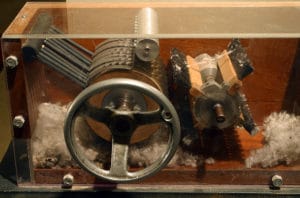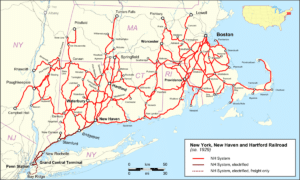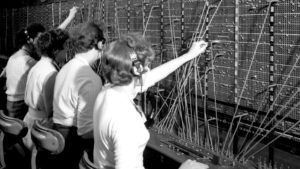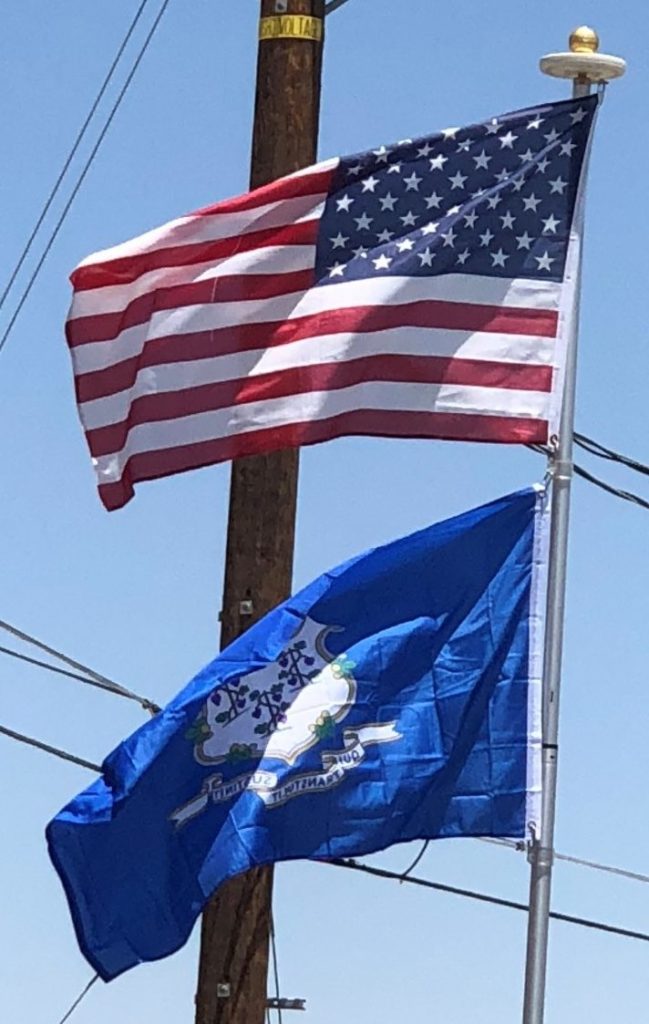The first Europeans to settle in what is today Connecticut were actually Dutch who had a small and short-lived settlement at the juncture of the Park and Connecticut Rivers. Half of what is today Connecticut was part of the New Netherland which included much of what is today New Jersey as well as Manhattan Island.
However, the first major and lasting settlements were those of the English who came overland from the Massachusetts Bay Colony to found the Connecticut Colony in 1636 although smaller settlements had been established as early at 1633. Other settlers who originated in Massachusetts established the Saybrook Colony and the New Haven Colony. These three colonies merged in 1662 under a royal charter and thus became a crown colony, one of the Thirteen Colonies that would eventually reject British rule in what became known as the American Revolutionary War.
The first major clash between the Native people and the colonists is known as The Pequot War which occurred in 1636-1637. The conflict was the result of aggression against growing European land holdings as well as aggression against other Native tribes. After several battles the Pequots sued for peace and a truce was reached.
In 1701 the now world famous Yale College, now Yale University, was established. Yale provided Connecticut with an important base for the education of both clerical and civil leaders.

Religious life in the colony was largely dominated by the Congregational Church and the church’s influence widely extended into local political issues as well.

Connecticut contributed six regiments to the Revolutionary War effort.
Connecticut ratified the U.S. Constitution on January 9, 1788, becoming the fifth state. Connecticut prospered during the era following the American Revolution, as mills and textile factories were built and seaports flourished from trade and fisheries. Connecticut came to be recognized as a major center for manufacturing, due in part to the inventions of Eli Whitney and other early innovators of the Industrial Revolution.

Those same Connecticut manufacturing facilities played a major role in equipping the Union forces with both weapons and supplies during the Civil War. In addition, Connecticut provided 55,000 troops organized into thirty full regiments as well as another 2,350 men who joined the Union Navy.
The extensive industry, population density, favorable terrain, and wealth resulted in the early construction of railroads in the state with the New York, New Haven, and Hartford Railroad, otherwise known as the New Haven, or Consolidated, became the dominant player.

The telephone likewise made an early appearance in Connecticut with New Haven hosting the world’s first telephone exchange.

As was true in the Civil War, Connecticut was a major supplier of weapons to United States armies fighting in World War I. Remington Arms, Winchester rifle company, and Colt firearms companies were based in Connecticut. Connecticut was also an important supplier to the Navy.
